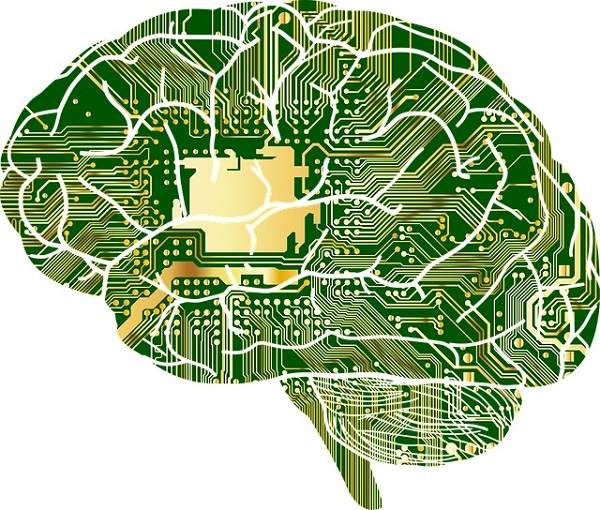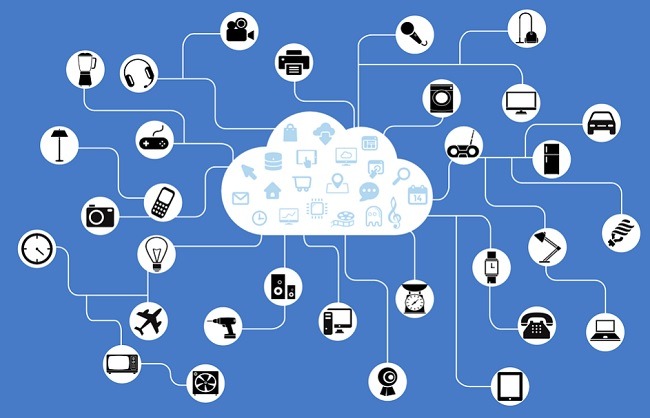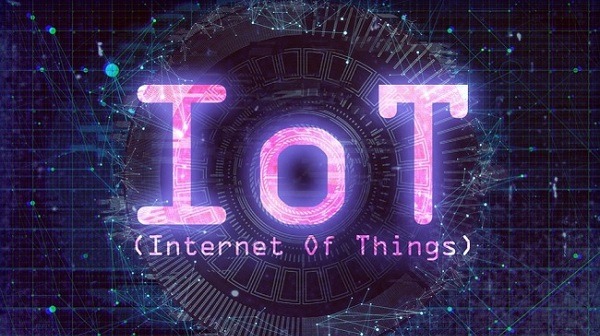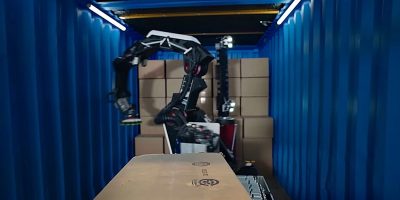
The world is becoming more dependent upon connected devices. Manufacturing, hospitals, vehicles, and of course, smart homes, often rely on IoT devices to run smoothly and stay connected. All these connected devices leave the doors open for hackers. To keep up with the increasingly complex attacks, cybersecurity for IoT needs a more modern approach: machine learning.
IoT Uses AI to Learn
IoT devices often use AI to adapt and learn. That’s how voice assistants get better at predicting what you need. It’s also how medical diagnostic tools help doctors make quicker and more accurate diagnoses.

However, IoT security isn’t what it should be, even though connected devices leave networks open. From personal data to hijacking medical devices, anything that’s not secure is vulnerable. Depending on the type of IoT devices, a single attack can risk lives and cripple cities.
The good news is there are a variety of companies looking at ways to better secure the IoT infrastructure. In fact, IoT security was highlighted at CES 2021.
An approach that’s helping reduce security costs while increasing protection is the same approach that makes IoT devices so useful: AI. Machine learning adapts to counter and predictive cyberattacks, making cybersecurity for IoT more effective.
Cybercriminals Already Using AI
Cybercriminals are already using AI to launch smarter attacks. That’s where cybersecurity often fails. Usually, security experts try to predict what may happen next. But instead of just facing cybercriminals, they’re facing complex AI-based programs. The result is attacks that adapt in real time to any type of obstacles security experts put in place.

Of course, these attacks aren’t the norm. And, security experts do have ways of blocking many of the attacks, especially when they know what to look for. That’s also the problem. You can only protect against what you’re aware of.
Brand new attacks that are the result of AI learning and adaptations happen suddenly before anyone is aware of the new processes. This leaves IoT devices vulnerable until antivirus and firewall protections can be updated.
The Challenge Behind IoT Devices
It’s far easier to protect computers, servers, and even mobile devices. However, IoT devices are so varied, it’s difficult to design a unified platform to protect them. You wouldn’t use the same software on an Amazon Echo as you would an autonomous car, for instance.

Not only are there so many variations, but IoT devices are expected to be energy efficient and as affordable as possible. To avoid making devices too clunky to be useful, some compromises are made, such as with security.
All of this makes cybersecurity for IoT uniquely challenging but not impossible. The key is to apply machine learning either within the device, or more reasonably, at the network level.
Applying Machine Learning to IoT Networks
Based on massive cybersecurity datasets and IoT device profiles, machine learning software learns how to identify potential threats, discover both known and unknown vulnerabilities, identify IoT vulnerabilities with settings (such as not having strong enough encryption), and how to configure the network to block threats.

No system is perfect, though. Zero-day threats are still an issue. Some companies even offer large bounties just trying to deter cybercriminals from launching these types of attacks.
However, machine learning systems have proven to be as much as 99 percent effective at recognizing and stopping DDoS attacks. Drastically reducing the number of potential attacks instantly makes IoT systems far more secure.

To further improve cybersecurity for IoT, data from machine learning also helps IoT developers create more secure devices. By identifying vulnerabilities early, developers send out security patches, if possible, or create new versions of the devices to better protect users.
This approach also reduces costs for companies. Trying to manage and apply security at the device level, especially when IoT devices don’t always come with the most advanced encryption or security settings, is cumbersome to say the least. Applying protection at a network level and allowing the protection to adapt provides a blanket level of security, all with one implementation.
For home users, the same machine learning approach could be used and built into devices. This allows them to recognize threats and alert the user when something’s not right.
Machine learning is changing cybersecurity for IoT for the better. It’s the only way to keep up with the complex attacks cybercriminals are starting to favor.








